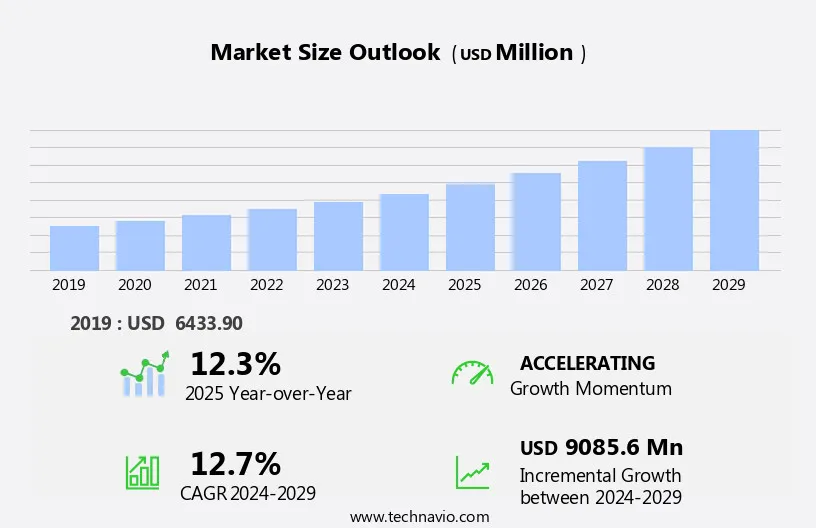Alphatrize financial forecasting insights and analytics

Integrate real-time data analytics into your financial forecasting model to enhance accuracy and reliability. Leverage tools that analyze historical trends and current market conditions to provide actionable insights. Specifically, consider utilizing machine learning algorithms that adapt to new data, continuously refining forecasts based on emerging patterns.
Employ advanced visualization techniques to present data clearly and effectively. Dashboards that combine multiple data sources help streamline decision-making processes. Highlight key performance indicators (KPIs) and provide stakeholders with intuitive interfaces for better understanding financial metrics.
Prioritize collaboration among departments by integrating analytics platforms that promote information sharing. Enhanced communication leads to a more coherent strategy, aligning forecasting efforts across teams. Regularly revisit and adjust your analytics framework to ensure it meets the evolving needs of the organization.
Understanding Key Metrics for Accurate Financial Predictions
Focus on cash flow projections to ensure liquidity and operational sustainability. Accurate cash flow forecasting helps identify potential shortfalls and allows for proactive measures. Track historical data to establish reliable trends.
Analyze revenue growth rates by measuring year-over-year changes. This metric offers insights into sales momentum and market demand. Segment revenue by product lines or geographical regions for deeper understanding.
Evaluate operating expenses to identify cost-saving opportunities. Monitor fixed versus variable costs, and benchmark against industry standards to assess efficiency. Understanding your expense structure can drive profitability enhancements.
Incorporate key performance indicators (KPIs) such as return on investment (ROI) and earnings before interest and taxes (EBIT). These metrics provide clarity on financial health and operational performance, guiding strategic decisions.
Benchmark against competitors and industry averages to gauge relative performance. Use this analysis to identify weaknesses and leverage strengths, enhancing competitive positioning and informing future strategies.
Utilize predictive analytics tools to assess market trends and consumer behavior. Implement scenario analysis for various business conditions to prepare for potential disruptions or opportunities. This approach strengthens strategic planning efforts.
Regularly revisit and refine your financial models. Incorporate real-time data to enhance accuracy and adapt predictions swiftly to changing conditions. A dynamic approach ensures resilience and informed decision-making.
Leveraging Data Visualization Tools for Enhanced Forecasting Accuracy
Utilize interactive dashboards to streamline your data analysis. Tools like Tableau and Power BI allow you to create visual representations of complex financial data, transforming numbers into understandable insights. This clarity facilitates quicker decision-making regarding future trends.
Incorporate heat maps to identify patterns in large datasets swiftly. For instance, a heat map can illustrate regions with high sales performance or fluctuations in market demand. This visual approach helps to spot anomalies and opportunities that might remain hidden within raw data.
Experiment with line graphs and area charts to track performance over time. These visuals provide an immediate view of historical trends, enabling stakeholders to assess the timing of potential market shifts accurately.
- Use scatter plots to correlate variables. This method effectively demonstrates relationships between different financial factors, such as interest rates and stock prices.
- Adopt bar charts for comparison across categories. Displaying revenue or costs by segment highlights areas needing attention for strategic adjustments.
Integrate forecasting models with visual tools for real-time updates. Model-driven analytics paired with visuals ensure timely responses to market changes, enhancing the accuracy of predictions.
Encourage team collaboration through shared visualization platforms. This fosters engagement, as each member can contribute unique insights, leading to a more robust forecasting process.
Regularly review and update your visualizations. As market conditions and data evolve, adapting your tools keeps your forecasts relevant and precise.
Leverage these visualization strategies to refine your financial forecasting efforts, ultimately driving better business outcomes.
Integrating Machine Learning Techniques in Financial Analysis
Start by deploying predictive models to refine investment strategies. Utilize algorithms like regression analysis and decision trees to identify trends within historical financial data. For example, implement linear regression to forecast stock prices based on key indicators such as earnings reports and social sentiment analytics.
Enhance data analysis through clustering techniques. Use K-means clustering to segment assets based on performance metrics. This method allows for tailored investment approaches and risk management strategies, making it easier to adjust positions as market conditions fluctuate.
Incorporate natural language processing (NLP) to analyze market sentiment. Use sentiment analysis tools to process news articles and social media postings about specific stocks or economic events. This information can significantly influence trading decisions, capturing public sentiment about potential volatility.
Implement reinforcement learning for algorithmic trading. Train models that learn optimal trading actions based on rewards, enhancing their adaptability to changing market dynamics. This technique helps automate trading strategies that maximize returns while minimizing risks.
Combine machine learning models with real-time data feeds. Integrating APIs for financial data, such as market trends, ensures models adapt promptly to new information. This constant influx of data allows for more accurate predictions and timely adjustments to investment strategies.
Evaluate model performance continuously to ensure accuracy. Utilize backtesting on historical data to refine model parameters and reduce overfitting. This practice guarantees that the models remain relevant as market conditions evolve.
Collaborate with platforms like alphatrize to access robust tools and data sources. This integration streamlines your financial analytics processes, enabling the incorporation of advanced machine learning techniques and enhancing overall investment outcomes.
Video:
Tomorrow.io Financial Forecasts – Insights from CFO Stephen Gregorio
Tomorrow.io Financial Forecasts – Insights from CFO Stephen Gregorio 17 minutes